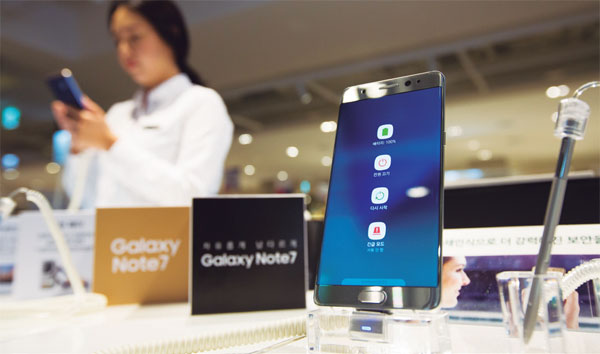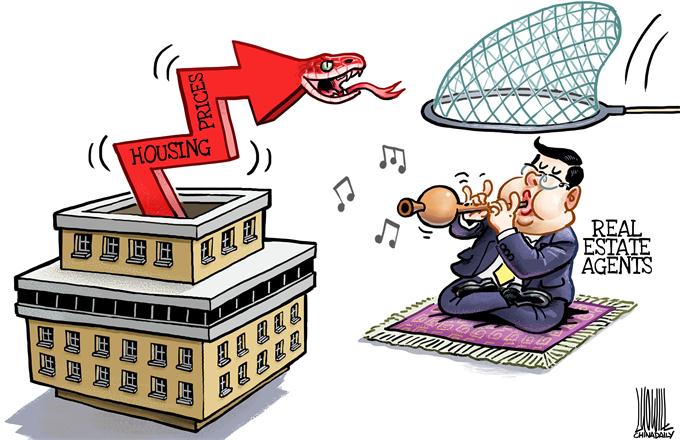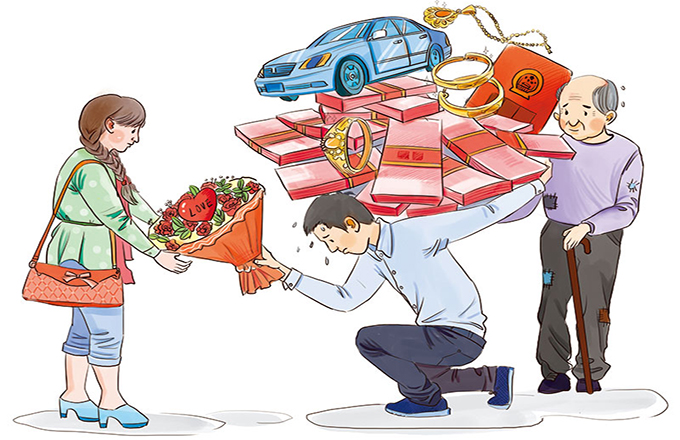Recycling smartphones a challenge for users
 |
|
The troubled-plagued Samsung Galaxy Note 7, now withdrawn from sales, used to be one of the South Korean group's most sought-after smartphone models.[Photo/Agencies] |
China's cellphone shipments increased to 560 millions last year, up 8 percent year-on-year, according to data from the China Academy of Information and Communications Technology.
The data from the academy, affiliated to the Ministry of Industry and Information Technology, also show Chinese consumers are likely to replace 400 million to 500 million cellphones a year, adding to the existing heap of about 1 billion discarded cellphones.
In stark contrast, the recycling rate of cellphones is less than 2 percent. A blue book on electronics consumption, issued by Shanghai's Horizon Research Consultancy Group in 2015, says 65.4 percent of consumers choose to discard, but not recycle, their old electronic devices.
If digital waste is not recycled or appropriately disposed of, it could damage the environment. Even during the manufacturing process of smartphones, some volatile materials like lead, cadmium, mercury and other metals, if not treated properly, could harm the ecosystem and human health through soil and water contamination. And the plastic cases of digital devices release toxic, even carcinogenic, fumes when they are burned.
However, discarded electronic devices, including cell phones, can be turned into useful items. Recently, the Tokyo Organising Committee of the Olympic and Paralympic Games announced a plan to recycle discarded electronic devices, including cellphones, and extract the metals from them to make medals for the 2020 Olympics.
Some cellphone components have valuable metals that are costlier than even gold and silver ore. The Apple Environmental Responsibility Report 2016 said in fiscal year 2015, Apple generated approximately 13.1 million pounds of waste, and diverted over 22.5 million pounds of materials from landfill through recycling and composting.
However, the cost of recycling cellphones is high, not only in terms of money but also other factors. The most important factor is personal privacy and information security. According to the China Academy of Information and Communications Technology, in January this year the domestic shipment of smartphones reached 45.03 million, accounting for 96 percent of the total shipment of cellphones.
Smartphones are popular not just because people use them to call or receive calls and send or receive messages, but also because they need them to keep in touch with their contacts on WeChat, use Alipay, conduct cell banking operations and browse the internet.
And since users have to input a lot of personal information into the cellphones to carry out these operations, they are reluctant to have them recycled as they fear their personal information could be leaked and misused by unscrupulous people.
The second factor that makes cellphone recycling difficult is the lack of enough and regular recycling channels. For iPhone, iPad and iMac users, for example, the only available channel for recycling is Apple stores.
The other factor is that the money users get in exchange for handing over their cellphones to registered recycling agents is not enough to offset the risk of their personal information being misused. So most users prefer to keep the discarded smartphones at home.
Besides, regular recycling of cellphones mostly involves dismantling the devices and extracting from them metals and parts, whose value may not be worth the cost of recycling. This imbalance in the recycling market is perhaps the greatest reason why a huge percentage of the discarded cellphones is no recycled.
Only when the factors are addressed can the recycling of the cellphones be effectively implemented.
The author is a writer with China Daily.
zhangyuchen@chinadaily.com.cn



















